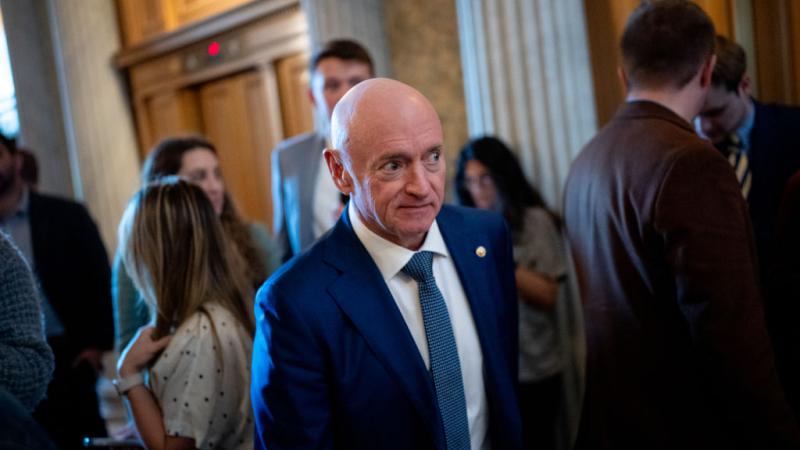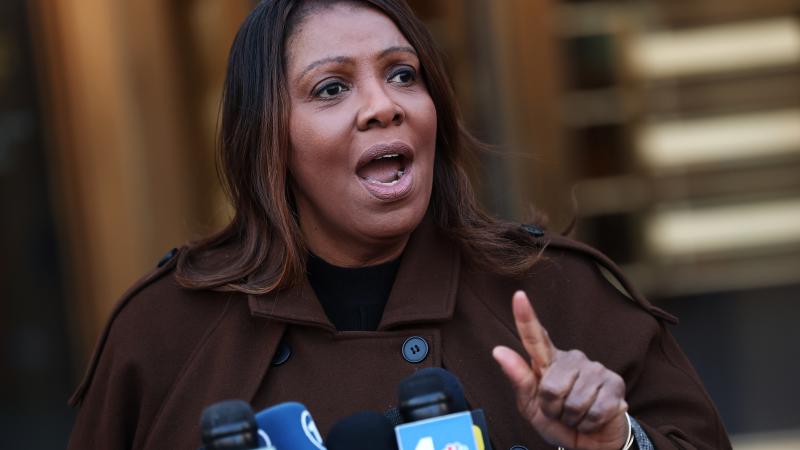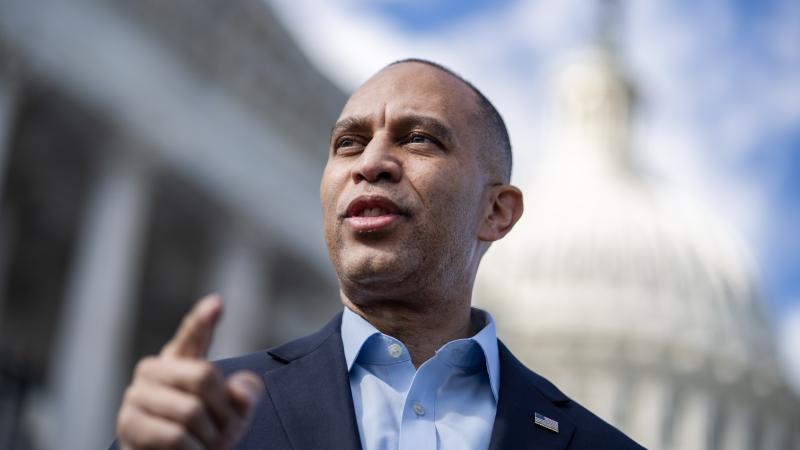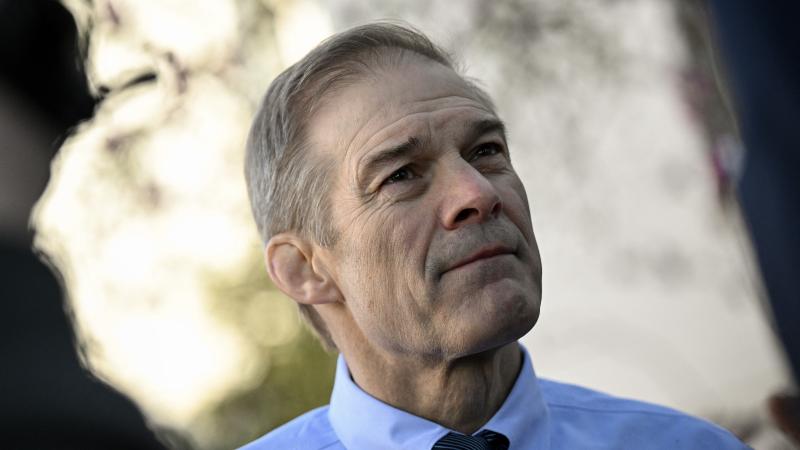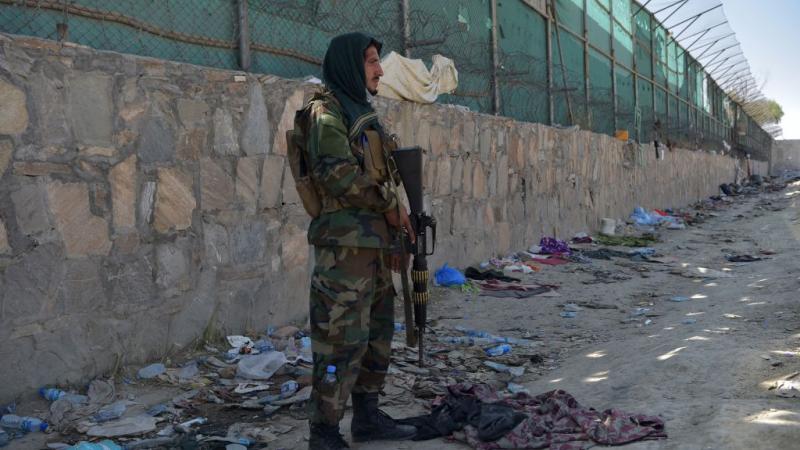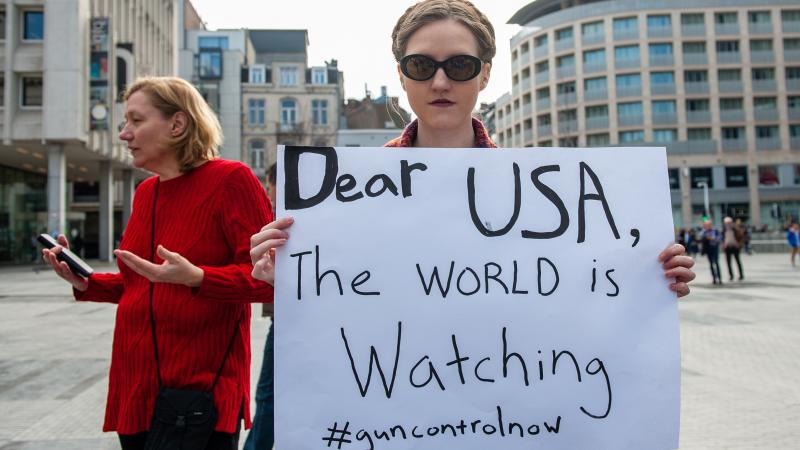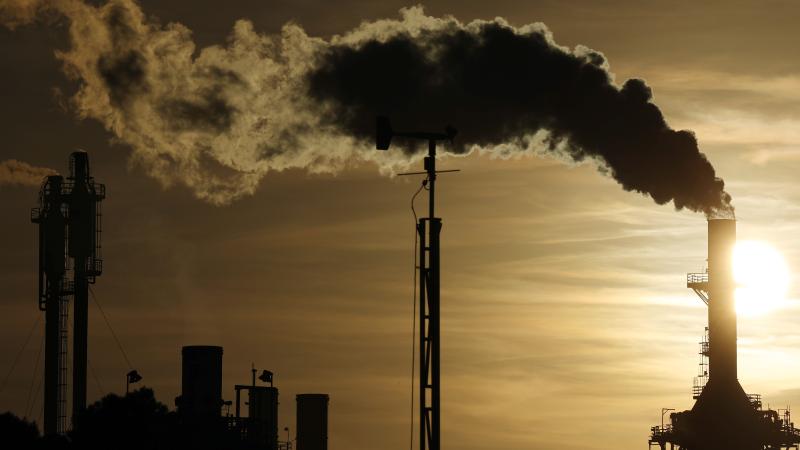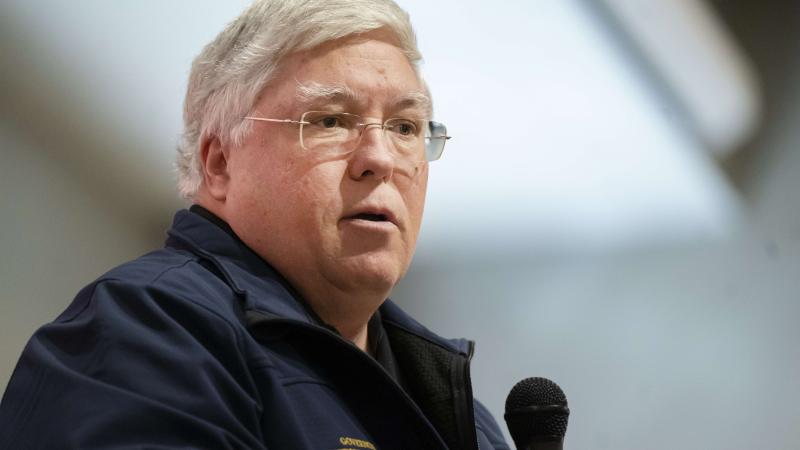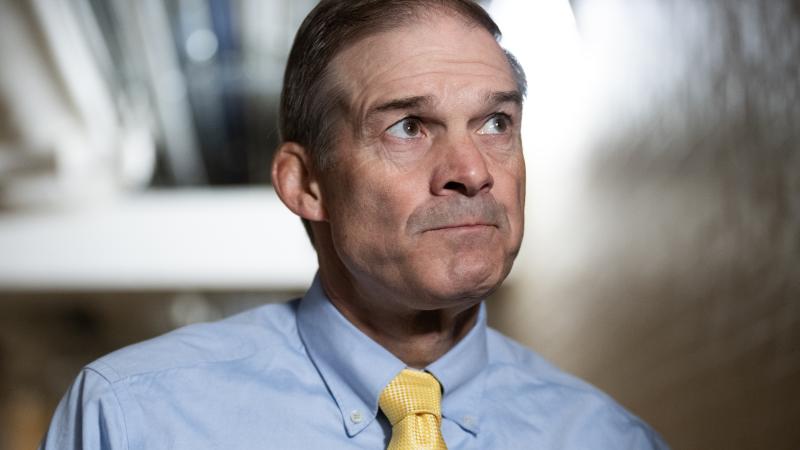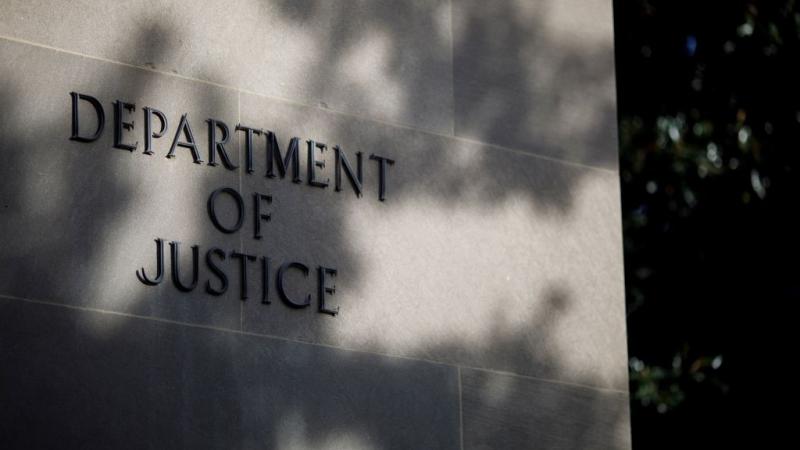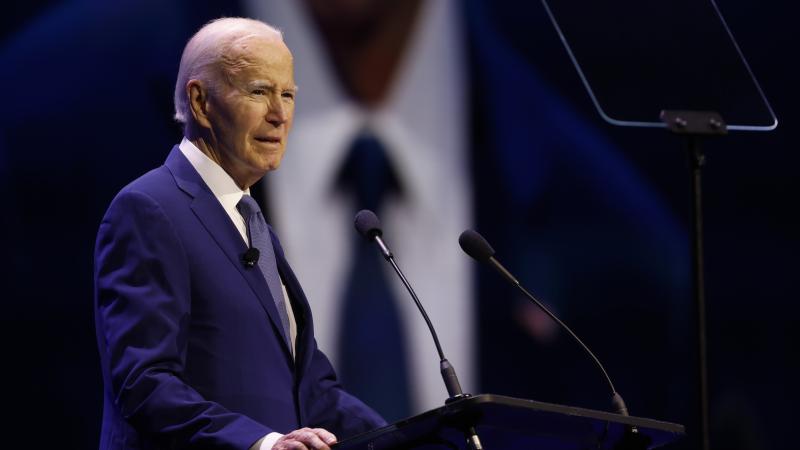CA data: Only one Palisades brush clearance occurred before fire that killed 12
California Gov. Gavin Newsom’s then-record $298 billion budget for the 2024-2025 fiscal year notably cut $3 million from Cal Fire’s Forest Health Program, $35 million from stewardship programs of state-managed land, and more.
(The Center Square) -
(The Center Square) — State data shows the California Department of Forestry and Fire Prevention carried out only one brush clearance operation in the Pacific Palisades before the deadly Palisades Fire killed 12 Americans and destroyed 6,837 structures, highlighting the state’s slow progress in forest management.
This single Cal Fire-funded fuel-reduction operation in Cal Fire's database covering 2023 to the present involved the mastication of 184 acres of scrubland across the over 75,000-acre Mountains Recreation and Conservation Authority between November and December 2024. This operation focused on the border between the coastal community of the Pacific Palisades and the slightly more inland Brentwood community in MRCA’s Westridge-Canyonback Park along Mandeville Canyon Road, and along the Bel-Air, eastern side of the San Diego Freeway.
The 23,488-acre Palisades Fire never made it to the San Diego Freeway, and was stopped on the western side of Mandeville Canyon, suggesting the operation may have played a role in stopping the fire from spreading further east through the Santa Monica Mountains.
But within the immediate Palisades area, however, CalFire’s MCRA mastication operation was only conducted on a thin sliver in Temescal Gateway Park immediately around the base of Temescal Fire Road, but not to the east or west, or even further up the road, leaving the entire Palisades community vulnerable to fire — including the treated area, which ultimately completely burned.
Gov. Gavin Newsom, meanwhile, claims California is doing its fair share and urging the federal government to step up its fire-prevention efforts.
“It’s time for Trump to put his money where his mouth is. California has done more than our fair share of ‘raking’ the forests, now the federal government has to do its part to Make America Rake Again,” said Newsom in a July 1 statement. “We’re doing all we can to protect communities from catastrophic wildfire, will President Trump?”
Southern California’s coastal areas are characterized by the chaparral ecosystem, which is defined by winter rains that produce spring blooms that dry out over the summer and feed fall fires. These fires leave nutrients for post-rain blooms in a cycle that dominated California until European development and adoption of fire suppression as fire policy.
Researchers estimate approximately 1.8 million acres of California land burned every year before 1800. With the state 42.2 million hectares large, this means the entire state’s equivalent of land burned every 23 years.
Historians note that the indigenous populations adopted prescriptive burn tactics of their own, with the North Fork Mono Tribe adopting 30-year burn cycles in which three or more burns are conducted in an area during the first 10 years, with just one burn over the next 20 years.
As a result of practices like these and natural occurrences like lightning strikes that were able to unfold, California forest density was approximately half of what it is now, resulting in fewer but larger trees. These larger trees were not only more fire-resistant due to their size, but refrained from drying out due to less competition and limited erosion. They were also less likely to spread fire from treetop to treetop, making the land more resilient to fire overall.
While prescribed burns are considered most effective for managing overgrowth, mastication, or the feeding of brush and smaller trees into mulching machines, can also reduce fire spread and intensity as part of a broader fuels management strategy.
According to the state of California, approximately one-third, or a million acres, of state-managed land is at “high risk from uncontrolled wildfire.” The state said as many as 15 million acres of land in California is in need of treatment.
Cal Fire’s project dashboard shows it funded 141,061 acres of fuel reduction between July 2023 and June 2024, and 123,488 acres between July 2023 and May 2024. (June data is not yet available.) At this rate, it would take about seven years to clear the forest management backlog on state lands, not including the new lands added to the state’s backlog each year.
Cal Fire’s reports note that treated acres do not denote the total number of acres that have been successfully cleared, but that “there can be multiple discrete Treatment Areas within a Project, and Treatments may contain multiple overlapping activities." That means if one area is thinned, then pruned, then piled, then burned, an area can contribute multiple times its size toward the treatment total.
Thus, while the state reports it has completed 51,286 acres of prescribed burns — a milestone exceeding the state’s 50,000-acre goal — and 68,347 acres of fuel reduction in the 2024-2025 fiscal year, it’s likely many of those acres have been counted more than once, obfuscating the real scale of the state’s brush clearance efforts.
California Gov. Gavin Newsom’s then-record $298 billion budget for the 2024-2025 fiscal year notably cut $3 million from Cal Fire’s Forest Health Program, $35 million from stewardship programs of state-managed land, $5 million from prescribed fire and hand crews, and $28 million from conservancy projects, which likely accounted for some of the apparent forest treatment decline between the 2023-2024 and the 2024-2025 fiscal years.
When Newsom came into office in 2019, the state was spending $200 million per year on wildfire prevention. The 2020-2021 budget increased funding to $536 million, and the 2021-2022 budget increased funding again to a record $988 million. Since then, however, funding has declined, with funding falling to $600 million in the 2022-2023 fiscal year, remaining steady for the 2023-2024 fiscal year, then declining to $543 million in the 2024-2025 fiscal year, and now to just $210 million for the 2025-2026 fiscal year.
This $210 million represents a relative decline since 2019 due to inflation — to keep up with inflation, the state would have had to allocate $250 million this year.
Republican leaders have advocated that the state maintain a new wildfire prevention baseline of $1 billion per year, which a new working paper from Resources For the Future, whose lead author is a former U.S. Forestry Service senior researcher, suggests could eliminate the state’s highest-risk backlog in just five years.
Resources For the Future, an independent research institute, estimates it would cost approximately $17 billion to treat all of California’s lands at high risk of wildfire, finding mechanical thinning costing an average of $577 per acre, and prescribed burns $170 per acre based on U.S. Forestry Service data.
Should the state focus only on the highest-risk areas at the wildland-urban-interface where the risk of death and destruction from wildfire is the highest, RFF says treating these highest-risk 8.7 million acres would cost $5 billion.
RFF notes that these costs are based on national data, and do not count costly permitting or environmental review costs, or factor that significant scaling, and thus increased demand for labor and equipment, could raise treatment costs.
With the University of Chicago estimating the state’s 2018 record blazes caused $148.5 billion in losses, and UCLA estimating the January fires cost as much as $164 billion, treating every acre of at-risk land in California could still cost significantly less than one catastrophic blaze.
Nonetheless, with the state starting to face budget pressures despite a record $321 billion budget, it’s unclear what other programs the state might be willing to cut to prioritize wildfire prevention.
Gabriel Kirkpatrick Mann, a seasoned wildfire documentarian who embedded with Cal Fire’s elite hotshot unit for six years to produce Hotshot, emphasizes the critical role of strategic fuel clearance in protecting communities.
“The entire forest could turn to moon dust, but if we have good fuel clearance around our neighborhood, it won’t matter,” Mann told The Center Square. “We saw this clearly on the Silverado Fire in 2020, which had the same conditions as the Palisades Fire, when 85 mile per hour winds pushed the fire straight into Orchard Hills, but because they had a 200-foot greenbelt of mulch and succulents, the fire fell to its knees.
“Contrast that with the Palisades, where you have a rats’ nest of fuels right up against people’s homes,” continued Mann. “Far different outcome.”
While the Silverado Fire in coastal Orange County burned 13,390 acres — a little less than half the size of the Palisades Fire — only five structures were destroyed, and no civilians died.
Despite the state’s wildfire prevention challenges, Newsom has leaned on the state’s efforts to go on the media offensive, hosting a “Make America Rake Again” press conference on Tuesday to unveil a model executive order for President Donald Trump to sign to improve national wildfire prevention efforts.
The model order calls for the federal government to match state and local forest management and firefighting capabilities, and reallocate funding to achieve this objective.
California Republican leaders responded by noting the state’s minimal fire prevention efforts relative to its budget — and the state’s challenge — and the decreases in fire prevention funding since the 2021-2022 fiscal year.
“Gavin Newsom has cut wildfire prevention funds every year since 2021. In 2021, myself and many other members of the legislature had to damn near shame him into a record investment of a billion dollars — this was in the aftermath of the Dixie Fire that devastated my district,” said Assembly Minority Leader James Gallagher, R-East Nicolaus. “Every year since then, in Gavin’s budgets, he has slashed the funding, including in this year’s budget, in 2025, where he allocated only $200 million toward wildfire prevention while he’s allocating $12 billion for health care for illegal immigrants.”
“In the aftermath of these devastating fires in Los Angeles and these devastating fires that have hit my area, that have hit many parts of California, $200 million out of a $321 billion budget,” continued Gallagher. “And he still has not met the [joint federal and state] goal of 500,000 acres treated a year — he committed to that under the first Trump administration … he hasn’t met that goal at all.”
According to CalFire, 96,994 acres have burned this year, with 3,290 wildfires, 30 fatalities, and 16,306 structures destroyed across the state, with 17 fires still ongoing at the start of the summer fire season.
